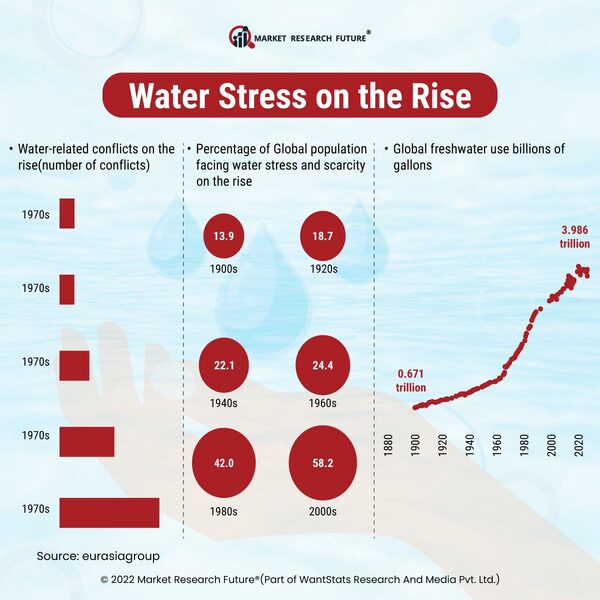Concerns over Water Stress to Rise by 2040
About 71 percent of the globe is covered with water, but the percentage falls too low when it comes to safe and fresh water. With "Water Day" on March 22, the UN decided to mark it to celebrate and raise awareness of more than 2 billion people living without access to safe water.
According to the reports by the UN, water stress is a condition when a territory withdraws more than or 25 percent of its renewable freshwater resources. In 2018, only 18.4 percent of the total renewable freshwater resources were withdrawn worldwide. But places are experiencing severe issues regionally still. As per the data, Northern Africa faces critical water stress levels, and Central and Southern Asia are grouped as having high water stress. Also, the report says 31 percent of the global population remains at the "no stress" level.
The World Resources Institute projects by 2040, the problem will become more widespread. The Economist Intelligence Unit's reports say pressure on water systems is due to population growth, climate change, quickening urbanization, and economic development.
Another report reveals that 44 countries will face either "high" or "extremely high" water-stress levels by 2040. Simultaneously, economists report that rising sea levels place well-progressing geographies in East and Southeast Asia at a higher risk of getting floods. And this may probably lead to sanitation systems and polluting drinkable water sources.

